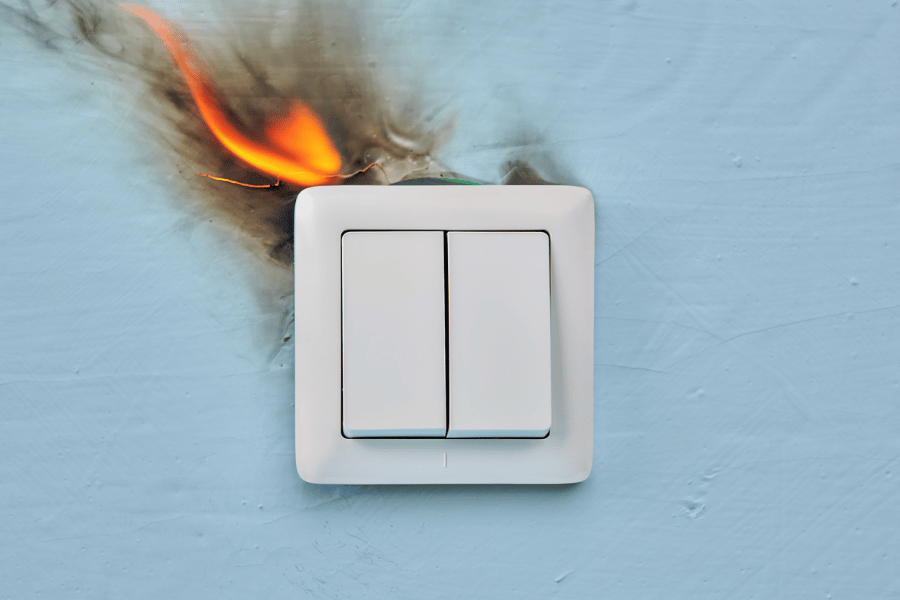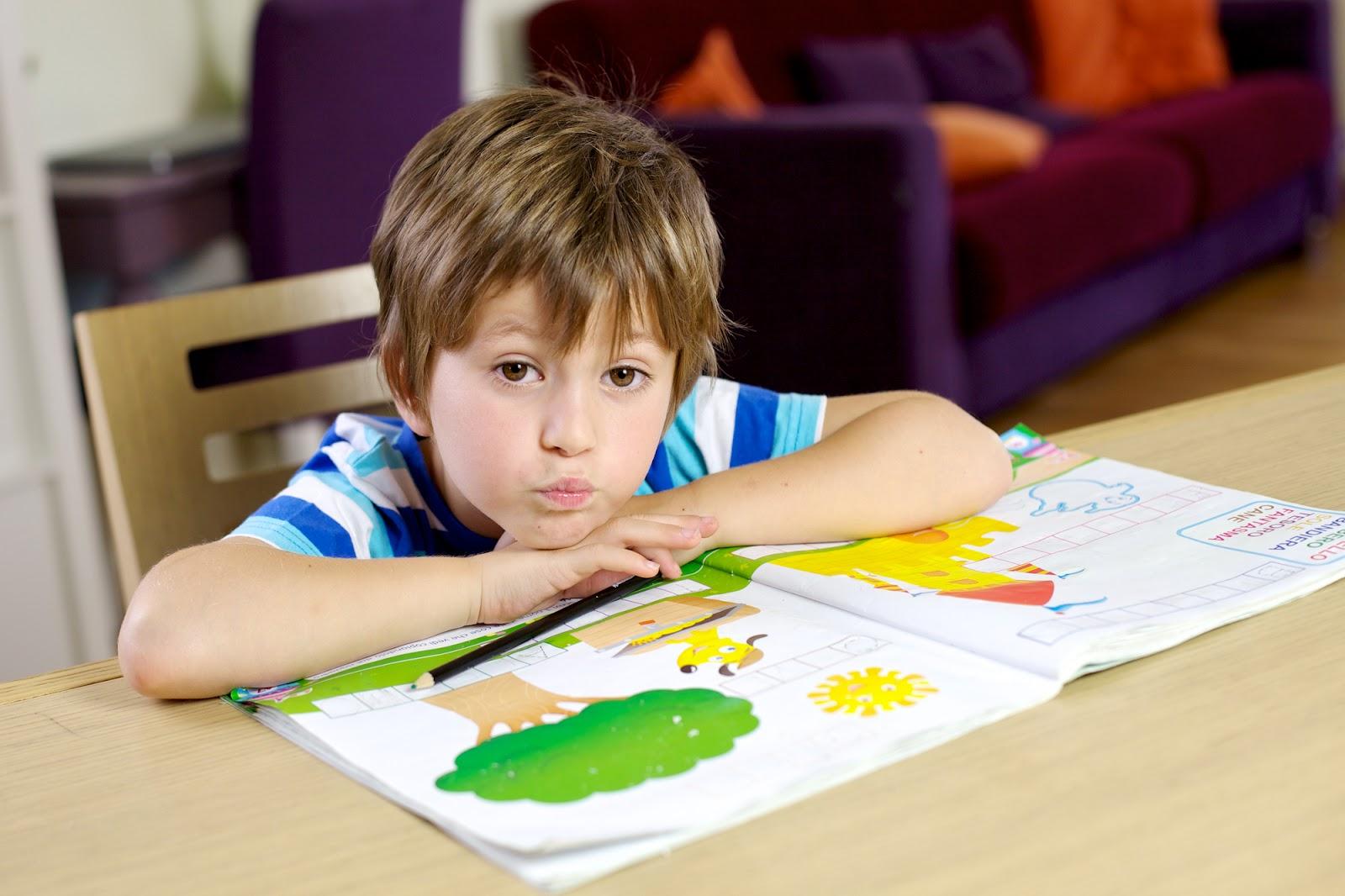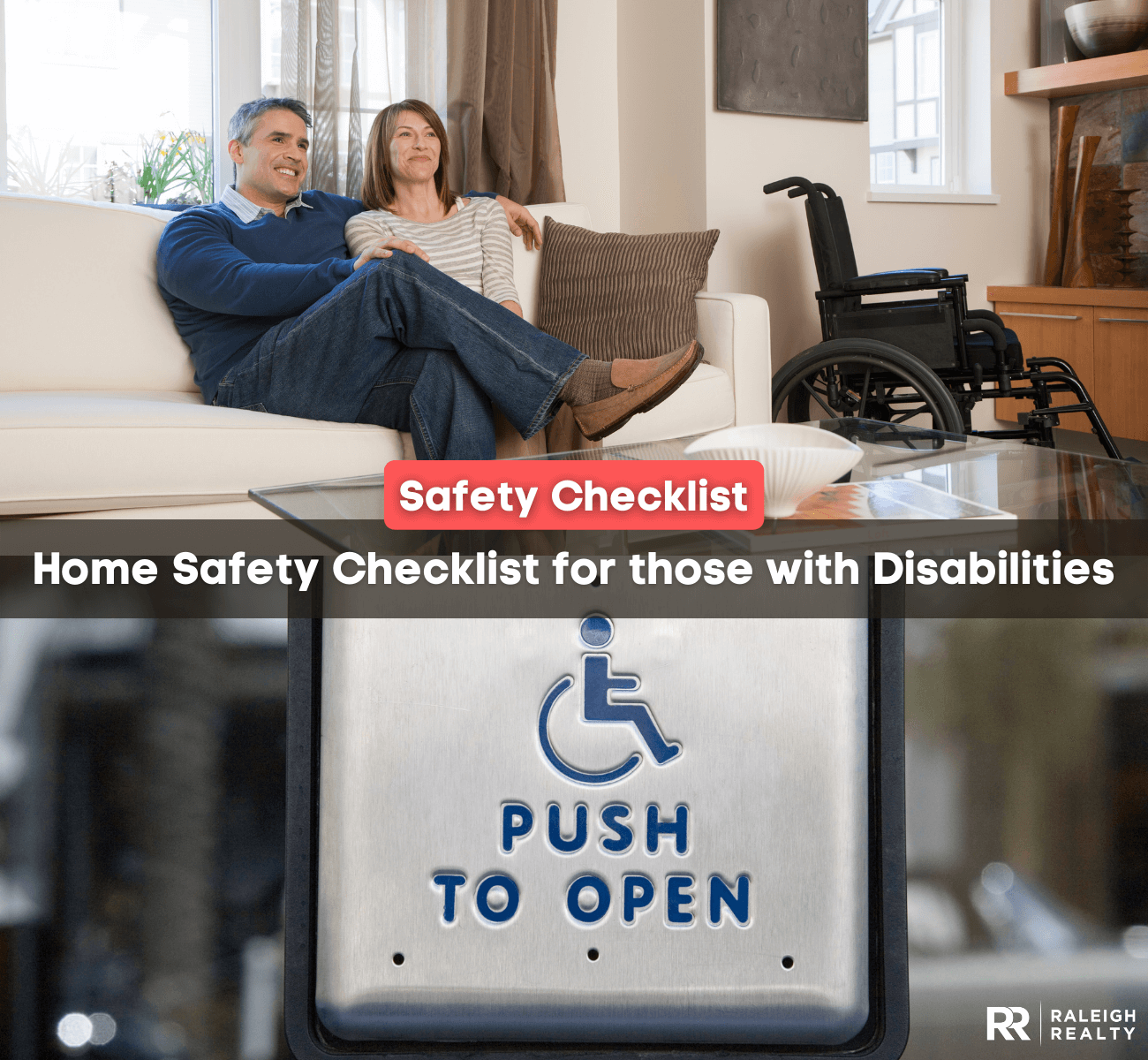Childproofing Your Home: 15 Best Ways to Keep Your Children Safe at Home
April 26th, 2024
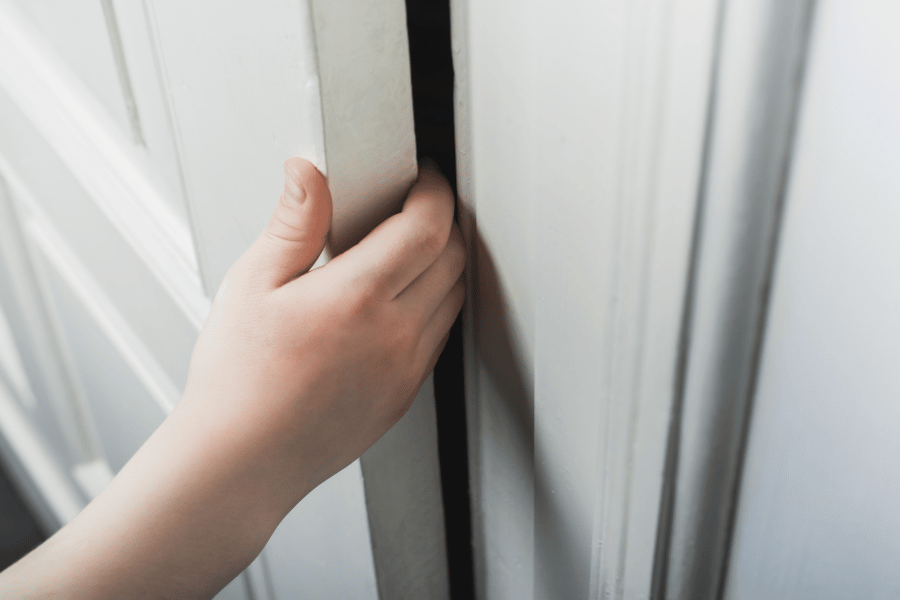
Childproofing Your Home
Are you searching for the best ways to childproof your home to keep your young kids safe? Here are 15 great ways to make your house childproof!
If you have young kids, creating a safe environment at home is essential to ensure that your children can play and explore without risk of injury. Most parents will childproof their home once their children become mobile to keep them away from harm while they grow up.
Childproofing your home can reduce the risk of at-home accidents, which is why it is a standard practice in most homes with young children. While it is always important to keep an eye on your kids, childproofing provides an extra sense of protection for your kids throughout the home and helps prevent them from falling down the stairs or gaining access to dangerous household supplies or sharp objects.
Since most young children spend most of their time at home, their risk of injury is higher, so childproofing is necessary. Whether you are moving with young kids or want to childproof your current house, here are some of the best ways to keep your children safe at home.
Follow these childproofing tips
Chapters
1. Baby Gates
Baby or safety gates are one of the first things you should invest in if you are looking to childproof your home. A baby gate can be placed in a doorway, around a fireplace, or stairway to ensure that small children are safe throughout the home.
Coming in different sizes and materials, baby gates are essential once a child starts becoming mobile since they are a barricade to keep children out of potentially dangerous areas.
If a baby gate is strategically placed and installed correctly, it can make caring for your children more accessible, knowing that your home is safe and your kids will be kept away from the stairs and out of certain rooms.
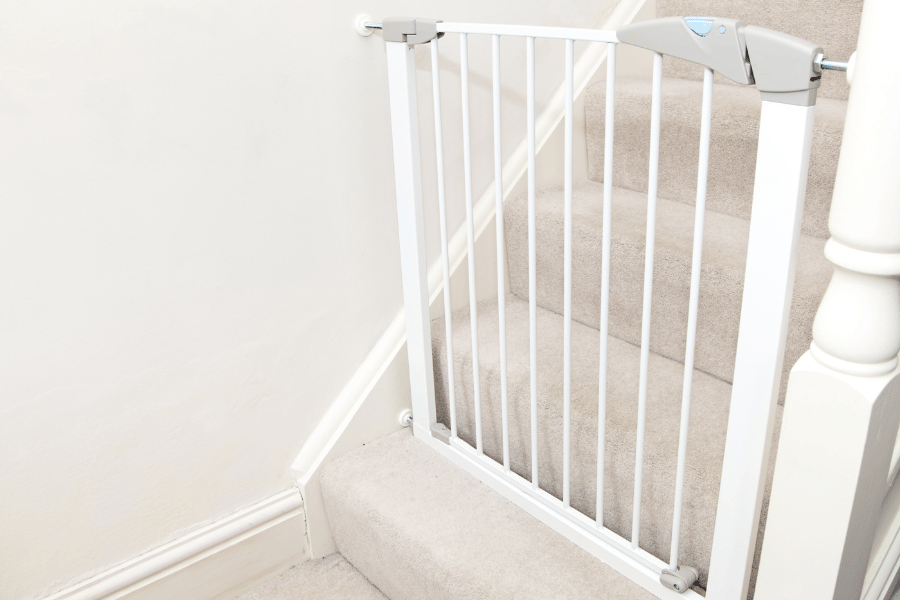
2. Outlet Covers
Childproofing your electrical outlets is essential and should be a priority. On average, 2,400 children are electrocuted by electrical outlets in the United States. If a child inserts a metallic object into an outlet, then electrical injuries and even death can occur.
Most electrical outlets can put children at risk, so it is necessary to use outlet covers to protect your children from unnecessary injury. Plastic outlet caps are inexpensive and designed to fit securely into the outlet. Outlet covers are the most common childproofing methods since they are easy to install and great for protecting children under two.
If you have children over two years old, child-resistant wall plates can be installed to offer more protection.
3. Corner Protectors
Corner protectors are great to place on furniture when decorating kids' rooms or sharp kitchen counters. Coming in many different shapes and sizes, most corner protectors are easy to place and can be used in any room.
Corner protectors are a great thing to have when childproofing. They provide a soft and cushioning barrier since they will protect kids from running into and hurting themselves on sharp corners and edges throughout the home.
Most corner protectors are affordable and can quickly be bought online on websites like Amazon.
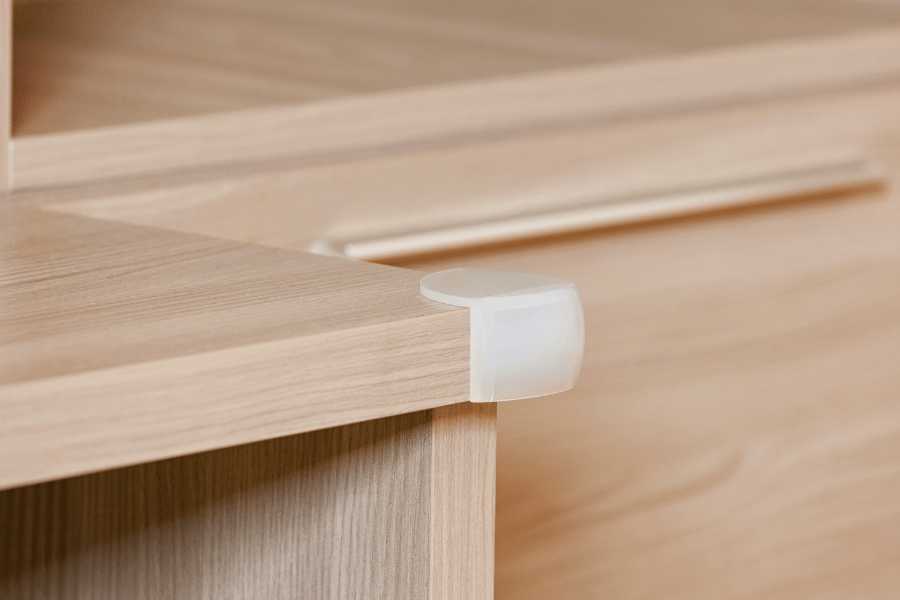
4. Door Stoppers
Once your child becomes mobile and starts opening doors independently, it is a good idea to get door stoppers. The purpose of a door stopper is to stop a door from closing, preventing pinched fingers and children or pets from getting locked in rooms.
Door stoppers are a must to prevent doors from slamming shut and go a long way in protecting young children from injury. Most door stoppers are affordable and average $7 online.
5. Remove Toxic Houseplants
Houseplants are beautiful and a great addition to the home since they can improve air quality, reduce stress, and purify the air. While they may bring many benefits, paying attention to what plants you keep inside is essential, specifically if you are childproofing.
While plants may look pretty, some houseplants are poisonous and toxic if accidentally ingested by a young kid. The best thing a parent can do is teach their young ones not to put anything inat is not food but to be safe; it is best to keep any potentially poisonous plants out of the home.
Common houseplants known to be toxic to children include Philodendron, Pothos, Lily, Peace Lily, and Ivy.
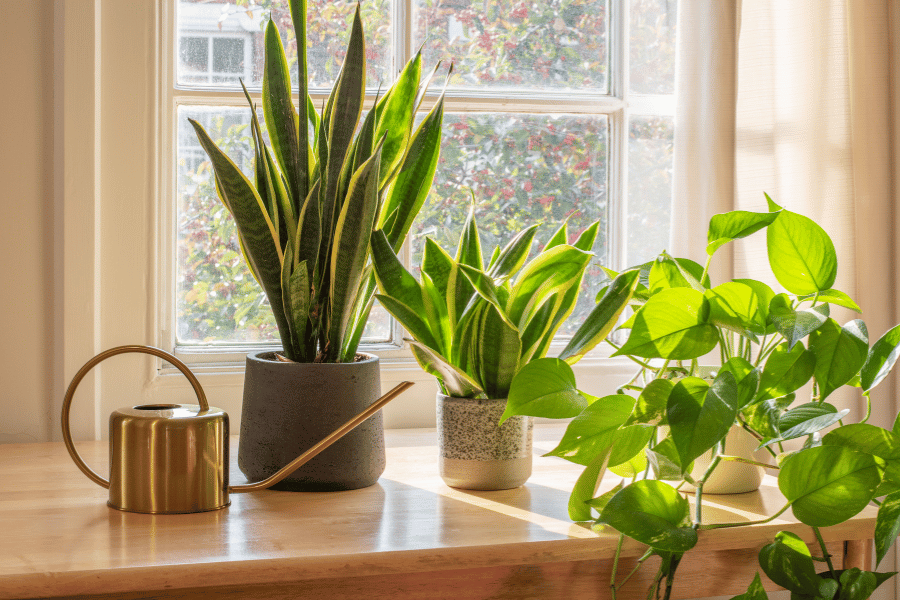
6. Install Cabinet Locks
Installing cabinet locks is a great way to keep kids from opening every cabinet or drawer in the kitchen, office, or anywhere else throughout the home. Cabinet locks are a must-have when childproofing since they will help keep your kids safe from coming in contact with cleaning liquids, sharp cutlery, or other dangerous household objects.
Cabinet locks are also a great way to create a safe living environment for children with ADHD. Most cabinet locks are easy to install, and many do not require tools or drilling, which is ideal so that no damage is done to the cabinets themselves, making them easy to remove once your children are older.
7. Remove Pull Cords on Blinds
Blind cords can be a safety for small children since they can wrap cords around their necks or become entangled in the cord. When childproofing the home, it is best to remove pull cords on the blinds altogether and use cordless window coverings. Many cordless options are inexpensive and can be found online or at major retail stores.
8. Safeguard the Stove
While the kitchen is known for being a warm place where food is made, it is often the room in the home with the most danger and higher risk of injury, especially for children. If a child gets too close to the stove or near hot liquids, there is a risk of burns or scald burns that can seriously injure a child.
The best way to ensure that your child does not turn on the stove when you are not looking and burn themselves is to safeguard the stove by either removing the knobs when the stove is not in use or purchasing stove knob covers.
Known for being strong, resistant, and heat resistant, stove knob covers offer continuous protection and often have a simple and modern design. Stove knob covers give homeowners ease of mind that their kids will be safe from harm when they are in the kitchen.
9. Screen the Fireplace
Much like the stovetop can cause severe burns and a high risk of injury, so can a fireplace if a child gets too close or accidentally turns it on when a parent is in another room or not paying close attention.
The best way to make a fireplace in the home child-friendly is to screen or set up a childproof barrier gate that covers the entire fireplace. The screen should be attached securely at all times. It is also essential to teach your children the importance of fire safety once they are old enough.
10. Unplug Appliances
It can be hard to forget, but it is always a good idea to unplug appliances when they are not in use. Simply unplugging appliances reduces the risk of electrical fires while helping you save electricity money.
Much like the importance of removing pull cords on blinds, any appliance cords that are left out can be accidentally wrapped around a child's neck or can cause injury if a child gets entangled in the cord. This is why homeowners should unplug appliances when not in use and store any cords out of reach of little hands.
11. Prevent Slipping
Once a child starts becoming mobile and learning to walk, finding ways to prevent slipping is essential. If your home has slippery floors, it is best to consider carpeting them or using rugs to your advantage.
Nonslip rugs and carpeting will create a safer environment for your child and reduce the risks of accidents or injuries from tripping or falling on wood or tile flooring. Ensure your child does not walk or run around with socks on.
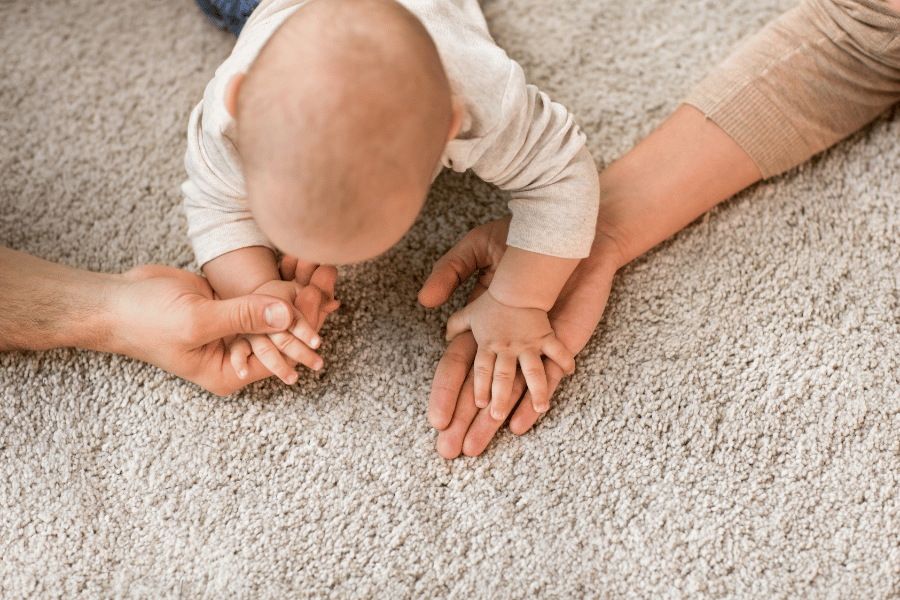
12. Install Smoke and Carbon Monoxide Detectors
Every home should have working smoke and carbon monoxide detectors since they will alert and protect all adults and children if there is a fire or gas leak, which are common safety hazards in older homes.
The U.S. Consumer Product Safety Commission also encourages homeowners to have a professional inspection of all fuel-burning appliances to ensure that there are no deadly carbon monoxide leaks.
13. Store Sharp Objects
Sharp objects such as scissors, kitchen knives, and office supplies should be kept in a drawer with a lock or up high in a cabinet that curious small hands can not reach. Keeping any sharp objects away from young children will prevent injury.
14. Install a Toilet Seat Lock
Installing a toilet seat lock is a great way to keep your children from playing in the dirty toilet bowl or flushing down their toys or valuables. As parents, it is important to ensure that your kids are not ingesting or playing in toilet water; a toilet seat lock will prevent that. Not only are they effective, but they are easy to use and install.
15. Practice Bathtub and Water Safety
Childproofing your home extends to the bathroom, specifically during bath time. It is essential as a parent always to supervise your children when they are bathing to prevent drowning and burns from hot water.
Similar to creating a handicap-accessible home, the bathroom can be dangerous, so proper safety precautions should be followed. The best bathtub and water safety tips for kids when childproofing are to use rubber grips in the tub to avoid slipping, faucet covers to prevent scrapes, and a latch or lock on the bathroom door to keep children out when unsupervised.
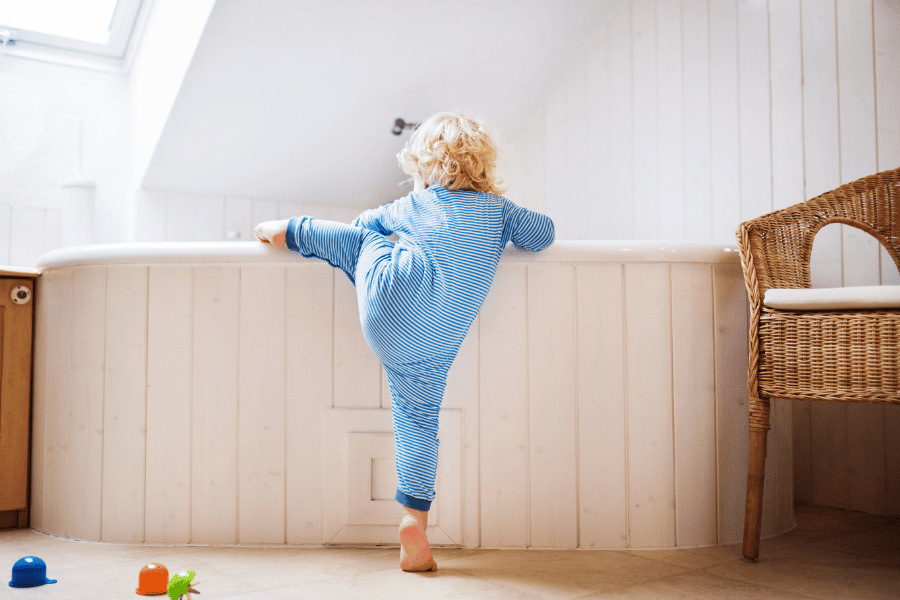
Methodology
We used data and information from the Electrical Safety Foundation, The U.S. Consumer Product Safety Commission, Valley Children's Healthcare, and the American National Standards Institute to determine the best ways to childproof your home.
FAQs
At what age should you babyproof your house?
The best time to start babyproofing your house is right before your baby becomes mobile, generally between four and six months.
Why do parents childproof their home?
Parents decide to childproof their homes to protect their young kids from dangers inside the home and make things easier once their young kid starts rolling and walking around on their own.
How much does it cost to childproof a home?
The national average cost to childproof a home is between $500 and $2,500, depending on how many hazards the home has.
Childproofing Your Home - Final Thoughts
Whether moving or selling a home with kids, childproofing is essential for families with young children. Generally inexpensive and easy to install, all good parents choose to childproof with the goal of keeping their children safe throughout the home.
No matter what childproofing techniques you choose to follow, it is also a good idea to teach your kids how to stay safe at home once they get a little older and can better understand the risks associated with everyday household products and rooms.
If you are moving to Raleigh with your children, contact the experts at Raleigh Realty to find your dream home. We are here to help and are ready to answer any questions so you can start your childproofing journey.

Ryan Fitzgerald
Hi there! Nice to 'meet' you and thanks for visiting our Raleigh Real Estate Blog! My name is Ryan Fitzgerald, and I'm a REALTOR® in Raleigh-Durham, NC, the owner of Raleigh Realty. I work alongside some of the best Realtors in Raleigh. You can find more of my real estate content on Forbes, Wall Street Journal, U.S. News and more. Realtor Magazine named me a top 30 under 30 Realtor in the country (it was a long time ago haha). Any way, that's enough about me. I'd love to learn more about you if you'd like to connect with me on Facebook and Instagram or connect with our team at Raleigh Realty. Looking forward to connecting!
Related Blogs
